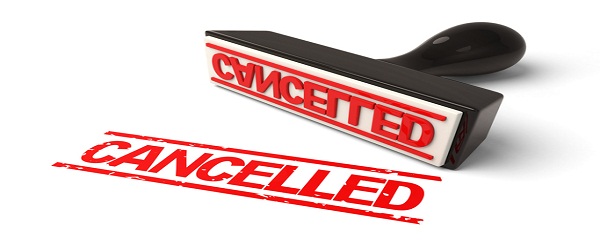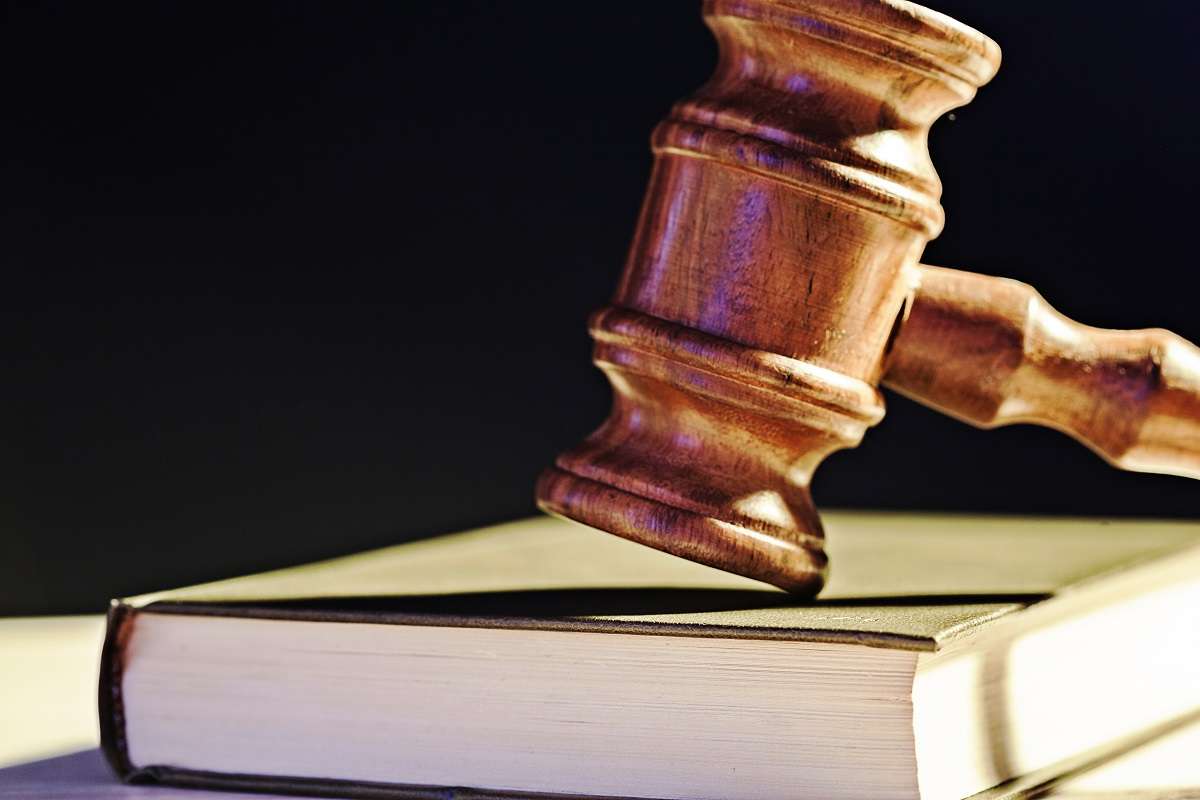The PCT is an international treaty with more than 145 Contracting States. The PCT makes it possible to seek
patent protection for an invention simultaneously in a large number of countries by filing a single “international” patent application instead of filing several separate national or regional patent applications. The granting of patents remains under the control of the national or regional patent Offices in what is called the “national phase”.
The PCT procedure includes:
Filing: you file an international application with a national or regional patent Office or WIPO, complying with the PCT formality requirements, in one language, and you pay one set of fees.
International Search: an “International Searching Authority” (ISA) (one of the world’s major patent Offices) identifies the published patent documents and technical literature (“prior art”) which may have an influence on whether
your invention is patentable, and establishes a written opinion on your invention’s potential patentability.
International Publication: as soon as possible after the expiration of 18 months from the earliest filing date, the content of your international application is disclosed to the world.
Supplementary International Search (optional): a second ISA identifies, at your request, published documents which may not have been found by the first ISA which carried out the main search because of the diversity of prior art in different languages and different technical fields.
International Preliminary Examination (optional): one of the ISAs at your request, carries out an additional patentability analysis, usually on an amended version of your application.
National Phase: after the end of the PCT procedure, usually at 30 months from the earliest filing date of your initial application, from which you claim priority, you start to pursue the grant of your patents directly before the national (or regional) patent Offices of the countries in which you want to obtain them.
How do I protect my invention in several countries?
Patents are territorially limited. In order to protect your invention in multiple countries you have a few options:
Direct or Paris route: you can directly file separate patent applications at the same time in all of the countries in which you would like to protect your invention (for some countries, regional patents may be available) or, having filed in a Paris Convention country (one of the Member States of the Paris Convention for the Protection of Industrial Property), then file separate patent applications in other Paris Convention countries within 12 months from the filing date of that first patent application, giving you the benefit in all those countries of claiming the filing date of the first application;
PCT route: you can file an application under the PCT, directly or within the 12-month period provided for by the Paris Convention from the filing date of a first application, which is valid in all Contracting States of the PCT and, therefore, simpler, easier and more cost-effective than both, direct or Paris route filings.
Who uses the PCT?
The PCT is used by the world’s major corporations, research institutions, and universities when they seek international patent protection. It is also used by small and medium sized enterprises (SMEs) and individual inventors. The PCT Newsletter contains a yearly list of the largest PCT filers.
What is the role of WIPO in the PCT?
WIPO administers the PCT. It also organizes the PCT Assembly, the PCT Working Group and the Meeting of International Authorities. Further, for each PCT application filed, WIPO is responsible for:
Receiving and storing all application documents;
Performing a formality examination;
Publishing the international application on WIPO’s online database PATENTSCOPE;
Publishing data about the PCT application as prescribed in the Treaty and Regulations;
Translating various portions of the PCT application and certain associated documents into English and/or French, where necessary;
Communicating documents to Offices and third parties; and
Providing legal advice on request to Offices and users.
WIPO also:
Provides overall coordination of the PCT System;
Provides assistance to existing, new and potential Contracting States and their Offices;
Provides advice on implementing the PCT in the national legislation and on setting up internal procedures in the Contracting States’ patent Offices;
Publishes the PCT Applicant’s Guide and the PCT Newsletter;
Creates and disseminates PCT information via the PCT website, webinars, and through telephone and e-mail assistance; and
Organizes and gives PCT seminars and training courses.



















.jpg)
.jpg)
.jpg)
.jpg)